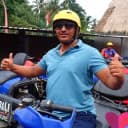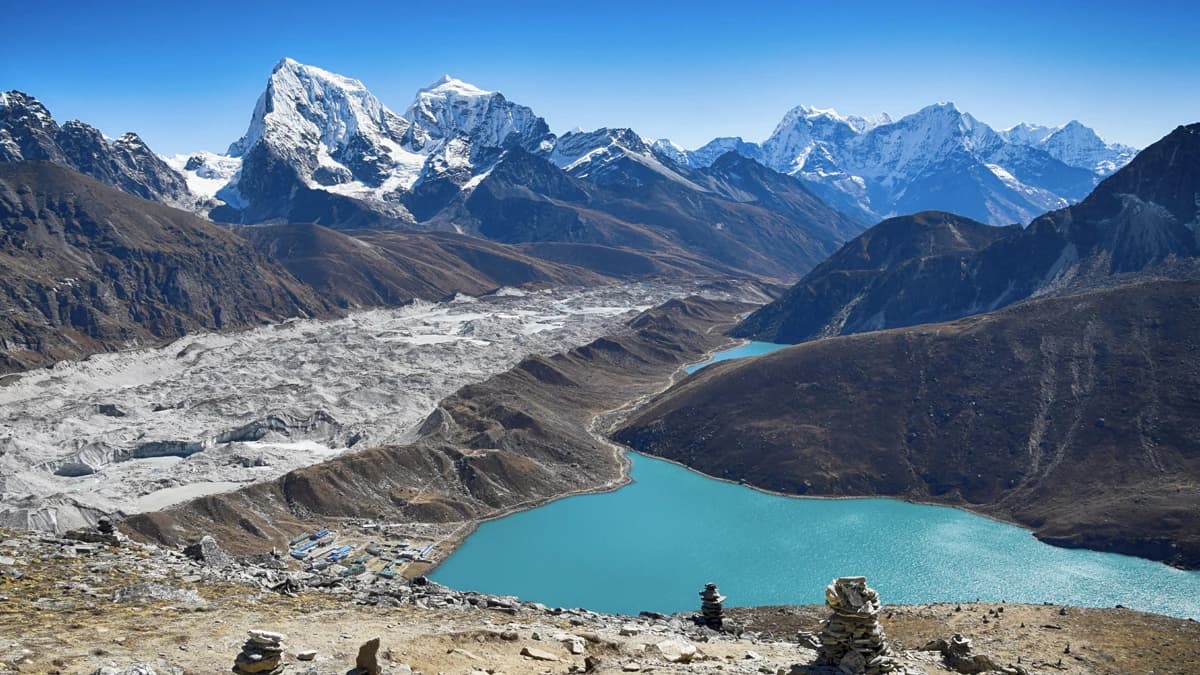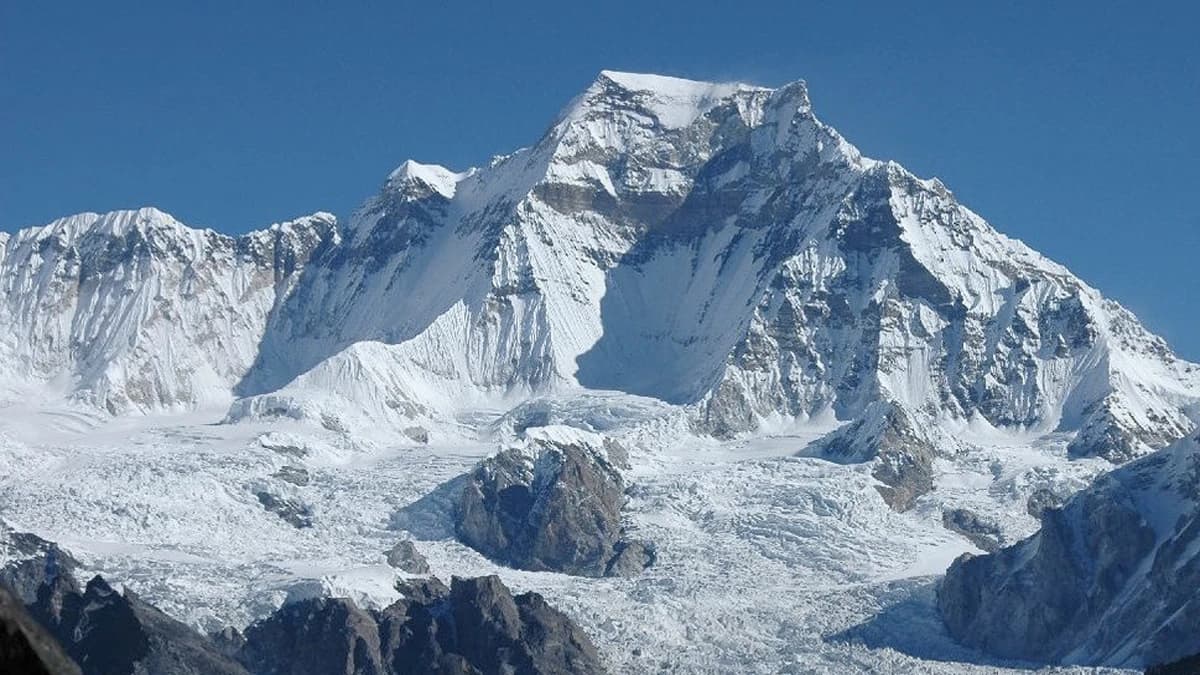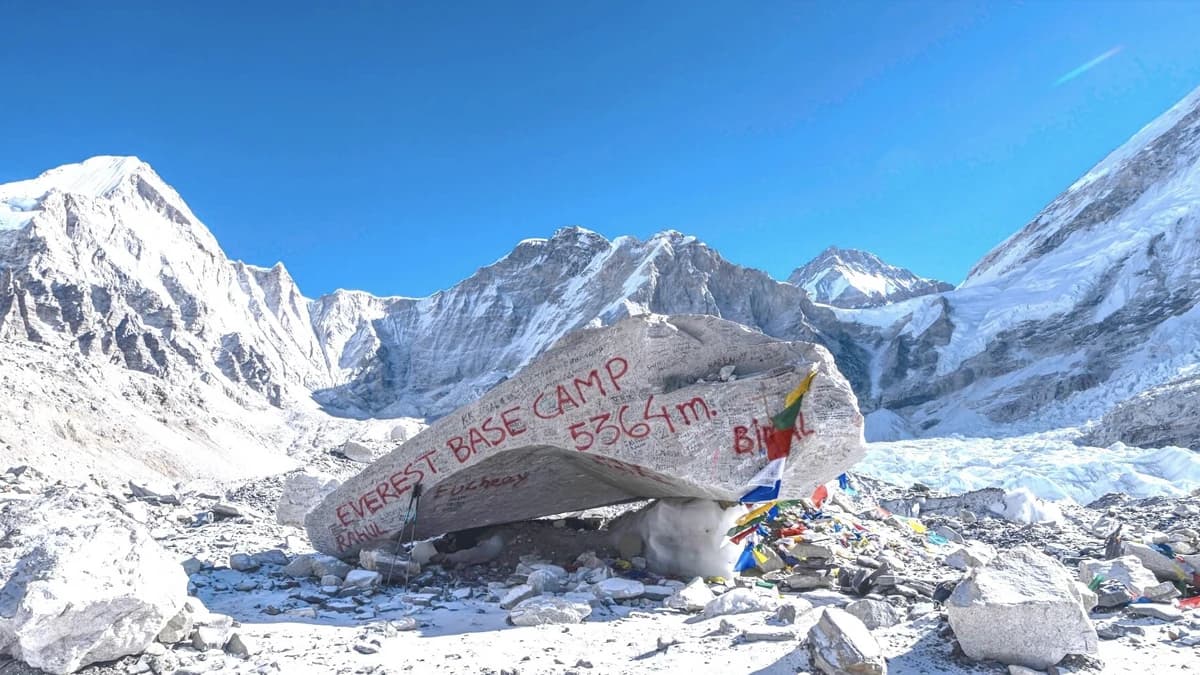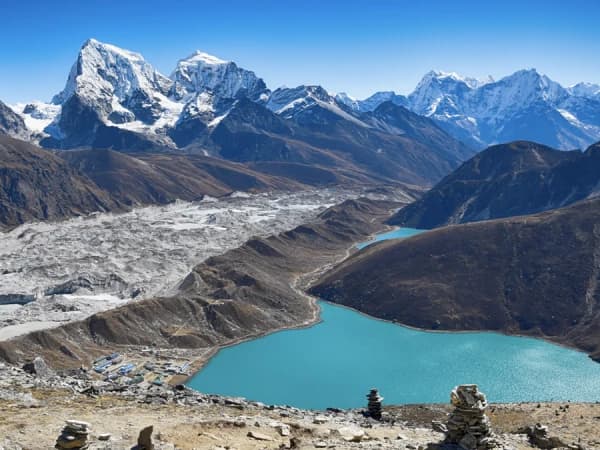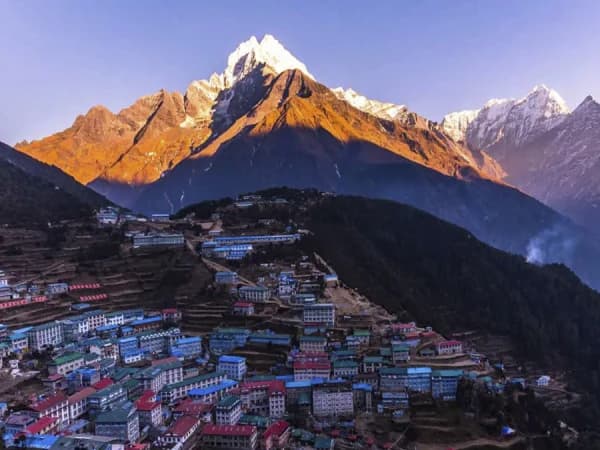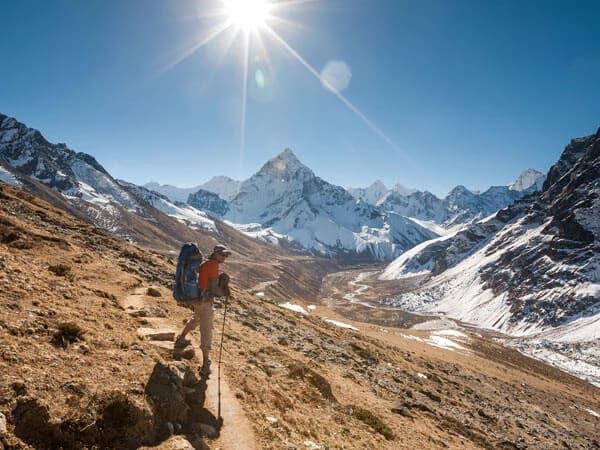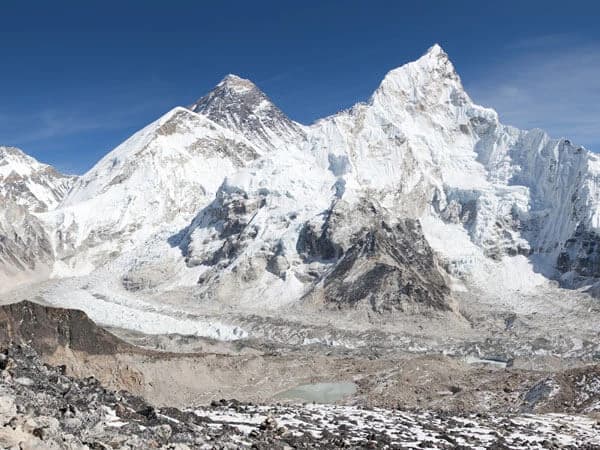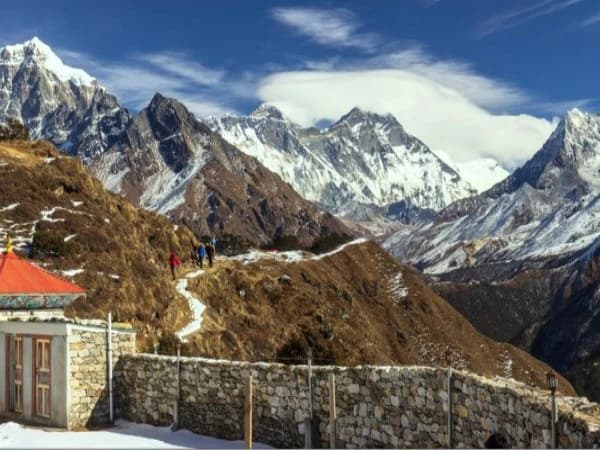Gokyo Lake & Renjo La Pass Trek – 15 Days Himalayan Adventure
The Gokyo Lake and Renjo La Pass Trek is one of Nepal’s most breathtaking and less-crowded trekking experiences, offering a perfect blend of high-altitude adventure, serene landscapes, and authentic Sherpa culture. Spanning 15 days, this Himalayan journey takes you deep into the Gokyo Valley, across the challenging Renjo La Pass, and to the sparkling turquoise waters of the world’s highest freshwater lakes, all set against the towering peaks of Everest, Cho Oyu, Lhotse, and Makalu.
Unlike the busier Everest Base Camp Trek or Annapurna Base Camp Trek, the Gokyo Lake with Renjo La Pass route follows a peaceful trail through the heart of the Khumbu region, giving trekkers a more personal and unspoiled connection with the Himalayas. The adventure begins with a scenic mountain flight to Lukla before trekking through vibrant Sherpa villages, lush rhododendron forests, and suspension bridges that cross glacial rivers. Gradually, the landscapes open to sweeping views of snow-clad giants and vast Himalayan valleys.
The Magic of Gokyo Lakes
The crown jewel of this trek is reaching the Gokyo Lakes, a series of six glacier-fed lakes that are among the highest in the world. Their mirror-like surfaces reflect the surrounding Himalayan peaks, creating postcard-perfect scenery. For both Hindus and Buddhists, these lakes hold deep spiritual significance, making the journey not only visually stunning but also spiritually enriching. Nearby, Gokyo Ri offers one of the best panoramic viewpoints in Nepal, where Everest itself dominates the horizon.
Crossing Renjo La Pass – A Himalayan Challenge
At 5,360 meters, Renjo La Pass is one of the most beautiful yet lesser-trekked high passes in the Everest region. The ascent is challenging but rewards trekkers with an unparalleled vantage point over the Everest range, including views stretching into the Tibetan plateau. The feeling of accomplishment upon crossing this pass is unforgettable—a true mountaineering milestone without the need for technical climbing.
Immersive Sherpa Culture
Throughout the Gokyo Renjo La Pass Trek, you’ll be welcomed by the warmth and hospitality of the Sherpa people. Teahouse stays allow for close interaction with locals, giving insight into their traditions, mountain resilience, and Buddhist heritage. Visits to ancient monasteries, colorful prayer flags fluttering in the wind, and the sound of chanting monks add a spiritual layer to this Himalayan adventure. By choosing this trek, you also support sustainable tourism that benefits local guides, porters, and family-run lodges.
Why Choose the Gokyo Lake & Renjo La Pass Trek?
This trek is ideal for those seeking an off-the-beaten-path trekking experience in Nepal—one that combines alpine beauty, physical challenge, and cultural immersion. It’s less crowded than the Everest Base Camp route, yet equally spectacular, offering crystal-clear lakes, dramatic high passes, and sweeping views of the world’s highest peaks.
Whether you’re a seasoned hiker or an adventurous first-timer, the Gokyo Valley Trek with Renjo La Pass will push your limits, reward your efforts, and leave you with memories that last a lifetime. Let the turquoise lakes calm your spirit, the high passes test your determination, and the Himalayas inspire your soul.
Highlights
- Experience one of the most thrilling flights in the world, landing at the famous Lukla airport, the gateway to the Everest Region.
- Prepare for the next level of experience while trekking to Gokyo Ri; the outlook of Mount Everest and other mountains will make you drop your jaws. The view from this position on the peak is unparalleled, and the view of the valleys at different places is excellent.
- Witness the fourteen lakes that form the Gokyo, a Nepalese lake in the Himalayas. These elevated lakes have deep blue water resembling turquoise, set against raw snow-clad peaks in the background. The lake provides a good backdrop for reflection and artistic expression, such as photography.
- Crossing Renjo La Pass is a thrilling experience, offering dramatic views of the Himalayas. The pass provides a breathtaking panorama of the Gokyo Lakes, Everest, and the surrounding mountain range, making it a highlight of the trek.
- As you trek through the region, you'll pass through charming Sherpa villages like Namche Bazaar and Thame. These villages are beautiful and offer a glimpse into the vibrant local culture and traditional mountain life.

